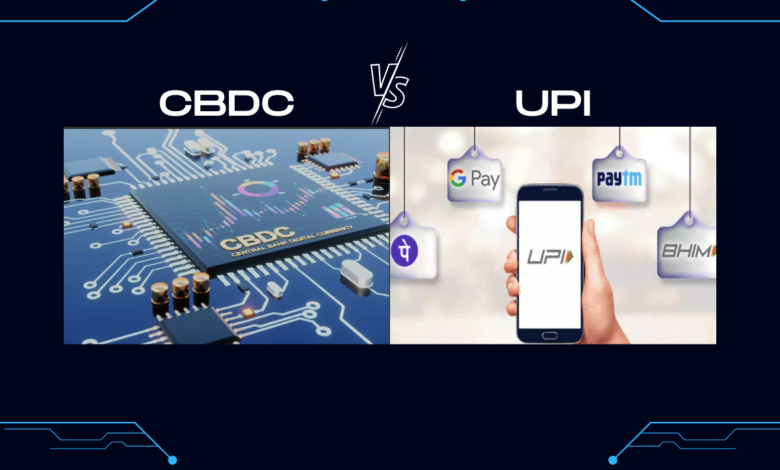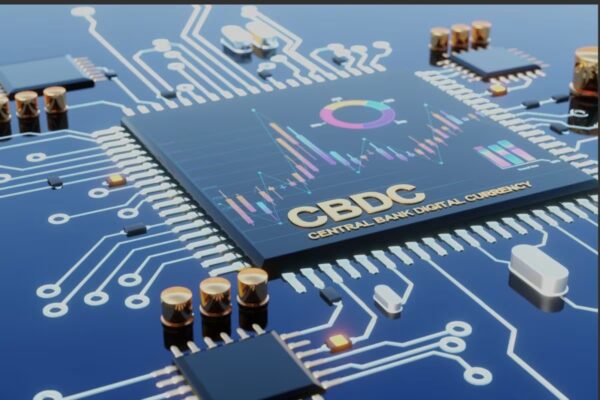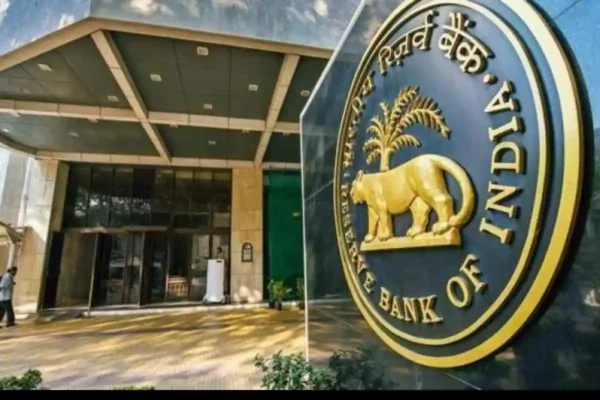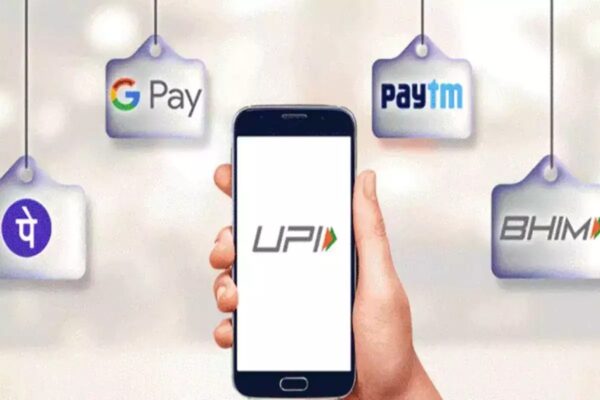CBDC And UPI: The Key Distinctions

CBDC And UPI: The Key Distinctions
Highlights
- A digital version of paper money is called a “digital rupee” or “digital currency.”
- UPI and the Digital Rupee are entirely separate ideas.
- In four places, RBI has initiated testing the use of the digital rupee.
In a landmark move, the Reserve Bank of India (RBI) established India’s 1st digital rupee new initiative for the commercial industry on November 1 and, on December 1, started India’s first new initiative for retailing digital rupees (e-R). The CBDC or e-Rupee is another name for digital currency. This digital money is a simulation of actual RBI currencies. People are quite curious about the new development and If the RBI Digital Rupee and UPI are similar or different in important ways. If you’re curious, keep reading to find out the answer.
India is gradually moving to go completely digital in the forthcoming decade. In India, the unified payments interface (UPI) has already been utilized far more frequently than cash. With the introduction of the central bank digital currency (CBDC) of the RBI, the digital rupee, the country hopes to go to the following level of digitization. Even though India Today Tech has all the solutions to certain other questions concerning the digital rupee practically, we haven’t yet discussed how it differs from UPI.
Describe Digital Rupee

First, let’s review briefly what we already know about the virtual rupee. The terms “digital rupee” or “digital currency” indicates a digital counterpart of paper money. The value of the digital rupee is analogous to that of cash. A digital rupee is equivalent to a physical rupee. This just shows that, contrary to cryptocurrency, the valuation of the virtual rupee is fixed. Let’s now discuss how and why the digital rupee is distinct from UPI.
UPI and the Digital Rupee
It is simple. Unlike the digital rupee, UPI only acts as a conduit for financial transactions involving real money. While Digital Rupee cannot be taken out of a bank account, it is just another form of money that is identical to fiat money. However, utilizing their bank account to complete online purchases is made easier for customers by the UPI interface. Practically all transactions employ fiat money.
Therefore, UPI and the digital Rupee are two very different concepts. India might hope to stop using UPI someday by introducing the digital rupee. By relying on the digital rupee, the idea is projected to lower the cost of managing and sending actual money. Digital currency’s goal is to eliminate the need for real money someday. But there is a long way to go.
UPI and e-Rupi/CBDC differ primarily in five ways that are listed below:
- It is possible to remain anonymous
The same amount of secrecy as cash transactions might be delivered by digital currency transactions. The Reserve Bank requires financial institutions to hide low-value digital rupee transactions. Bank employees have assured customers that once CBDC Retail has been deposited to their accounts, the institutions will no longer monitor or monitor such operations.

If a consumer wants to make a cash purchase of more than Rs 50,000, they should presently show their permanent account number. While there is presently no regulatory limit on the size of digital rupee payments, it is typically acknowledged that any commercial transactions valued at just under Rs 50,000 won’t be registered. Regarding tax grounds, any transaction totaling more than Rs 2 lakh should be documented.
- Transactions without a smartphone
Experts anticipate that the e-ability rupee for offline transactions on feature phones will make it easier for the currency to be widely adopted in rural and remote areas. Having the digital rupee coupon sent to the receiver by SMS or even a rapid turnaround (QR) barcode is the simplest and most efficient method. This will encourage its use even in locations without internet access or in areas where it is inconsistent. Additionally, if it’s an SMS, those without cell phones can still use it.
- Maintaining a checking or savings account is optional
Despite the fact that experts pointed out that a bank account and a debit card are necessary for UPI transactions, an e-Rupi wallet may be used without either of these, making it a more practical payment alternative.
- A single handle
Various organizations and services have different UPI IDs or handles. The e-Rupi ID will not change even though the UPI ID created when linking the same bank account to two separate platforms can be different. The CEO of Apollo Singapore Investments, Kunal Chowdhry, indicated that the RBI would govern the digital rupees rather than banking intermediates under UPI, where every other bank seems to have a unique UPI processor. In order to complete an e-rupi exchange, only one public key is required.
- A backup of physical cash is not necessary
UPI transactions are supported by actual currency. The transaction will be unsuccessful if insufficient funds are in the user’s bank account. In contrast, digital payments made with the e-rupee can be made in place of checks or cash. The digital rupee issued by the RBI is entirely legal tender in India. Physical money is not required to support it.
The participating financial institutions and cities in the Digital Rupee pilot project
In collaboration with 4 bankers, the Reserve Bank of India (RBI) recently undertook a new initiative to examine the viability of digital rupees in 4 Indian cities. It is hoped that the country’s central bank will make this process accessible to all residents in the near future. The Indian government’s central bank launched trials of the digital rupee on December 1 in the cities of Mumbai, New Delhi, Bengaluru, and Bhubaneswar. In the pilot phase, the RBI collaborated with SBI, Yes Bank, IDFC First Bank, and ICICI Bank.
Once testing began, the RBI recently declared that it would work with 4 more banks: Union Bank of India, Bank of Baroda, Kotak Mahindra Bank, and HDFC Bank. A number of more cities will gain access to the service in the following phase. Such urban hubs include Gangtok, Ahmedabad, Guwahati, Indore, Shimla, Kochi, Patna, Lucknow, and Hyderabad.
Buying and using digital rupee
Users must visit the official app or website of one of the four designated banks in order to purchase a digital Rupee. Although the RBI has not yet provided specific instructions for buying digital rupees, it really has announced that consumers would indeed be capable of making transactions utilizing the Bar code exhibited at target stores, and indeed the cash could well be retrieved from bank accounts.

One can shop and purchase things at their nearby Kirana outlets using Digital Rupee. One-to-one (P2P) and business-to-business (P2M) transactions are both possible when using digital rupees (P2M). There would be trust, security, and finality to transactions conducted in e-Rupees, just like with real money. It will not accrue interest, just such as cash, and can be changed into other kinds of payment, including bank deposits, according to the RBI.
Can you think of any potential problems with the e-Rupee in retail?
UPI has a reputation for being user-friendly, whether from a merchant or retail standpoint. Therefore, in order to attract customers, e-Re must demonstrate that it is equally user-friendly with sound technology and data privacy provisions. The vulnerability of consumers to cybercrime, like hacking and virus attacks, may deter some. A further challenge is a national culture and social mindset that favors the use of physical currency.
Edited by Prakriti Arora






